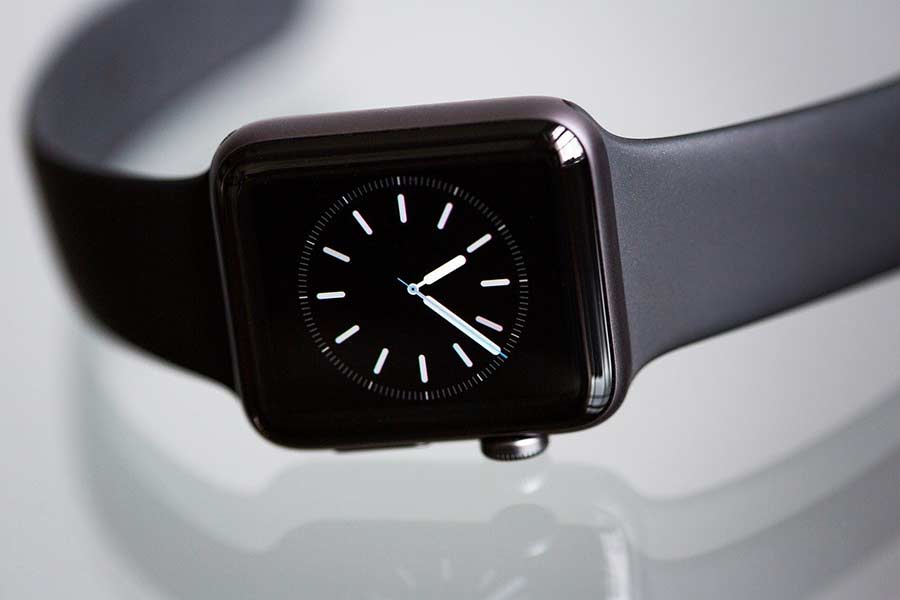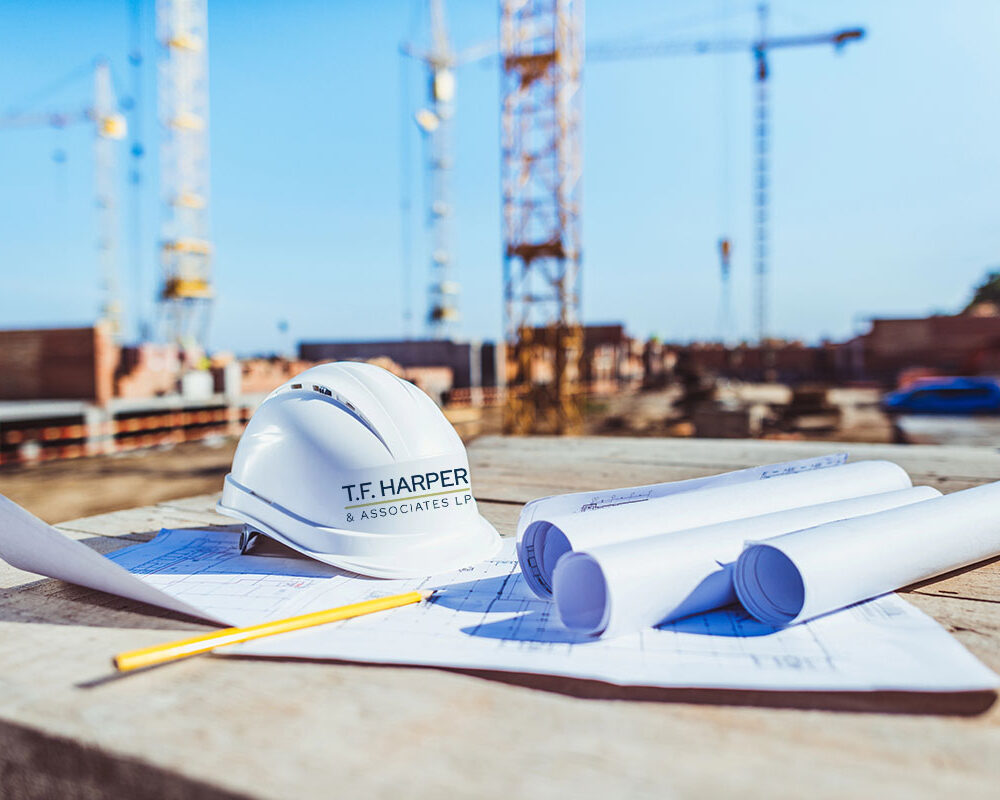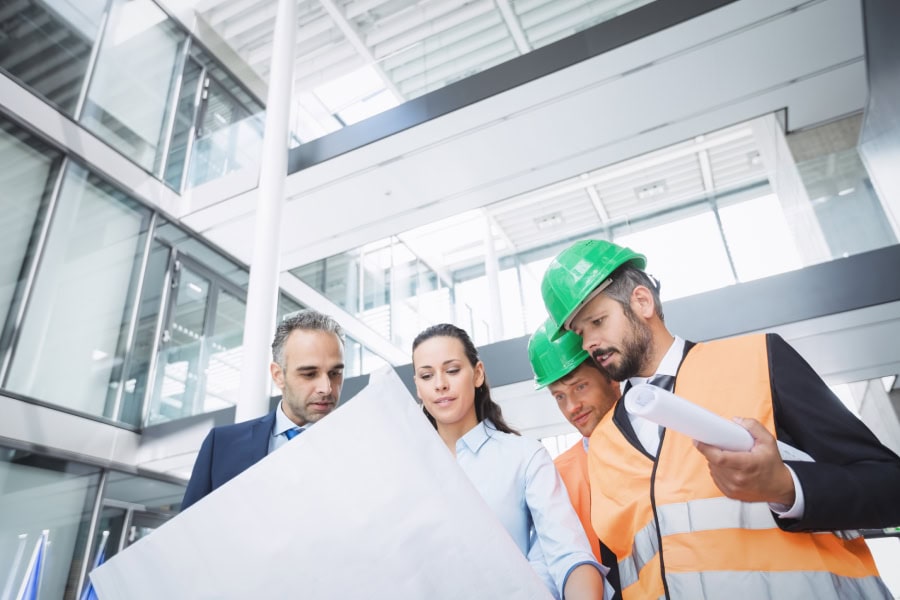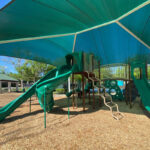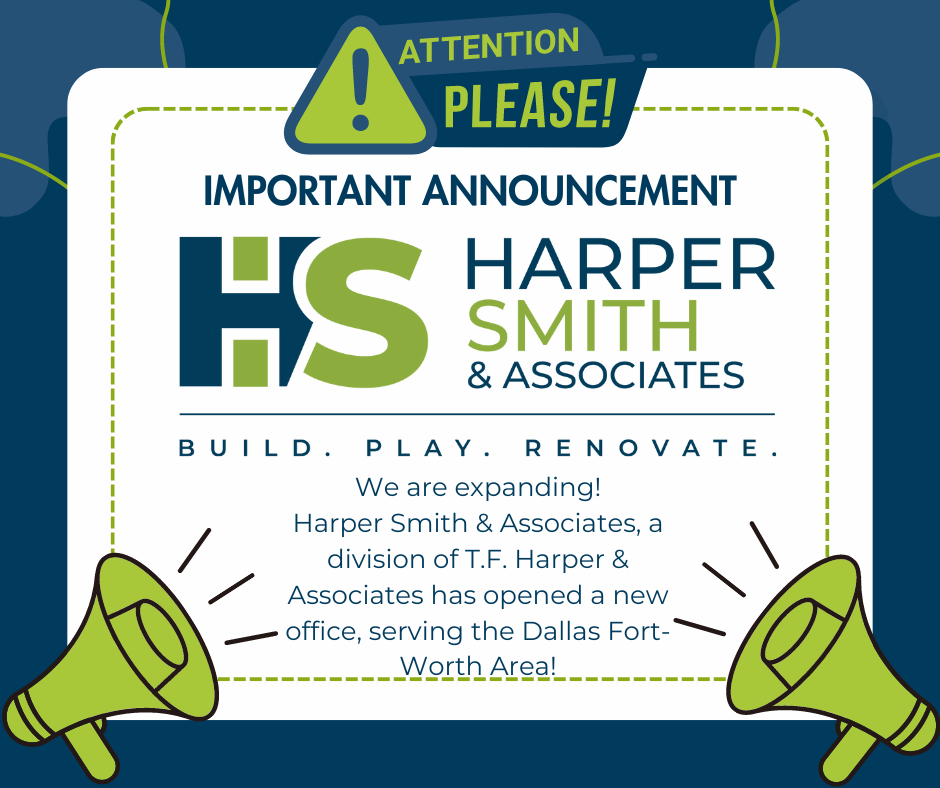While wearable technology is gaining more popularity on the consumer edge, it might surprise you that even the construction sector has endorsed it for safety purposes. Construction sites often expose workers to hazardous working conditions such as low air quality, loud noise, and extreme temperature. In the States, almost 20% of annual work-related fatalities happen on construction sites.
To help mitigate these dangers, the construction sector has approved wearable technology to reduce fatalities and increase workers’ morale as well as productivity.
The Purpose
In the construction industry, wearable devices are designed to alert workers and supervisors on dangerous practices and on-site safety hazards. According to the US Occupational Safety and Health Administration (OSHA), the following are the most common construction hazards. They are commonly known as the “Fatal Four.”
- Struck-by
- Falls
- Caught-in/between
- Electrocution
According to OSHA, elimination of these Fatal Four will help save 631 lives every year.
The introduction of wearable technology helps improve safety by reducing the four primary construction hazards and many others.
The Devices
The following are just a few ways that wearable technology is improving construction safety.
Tracking Beacons
Tracking beacons are the easiest and cheapest way to track employee location and activities. In case of an emergency, these beacons utilize Bluetooth Low Energy (BLE) to give tracking information that eases the identification of the worker’s location. Beacons also provide virtual safety boundaries.
Exoskeletons
While the idea of a technological “exoskeleton” may sound like something out of fiction, it is actually one of the most viable remedies to safety. In the construction sector, these devices provide super-human strength to workers as they carry on with their tasks. Exoskeletons ease construction while they lower muscle, joint, and bone damage that can result from repeated strenuous tasks.
Glasses and Helmets
Glasses and helmets are the most vital pieces of all safety apparel. Recent advancements in technology have introduced cameras and smart glasses to these items to record every detail of work performed for a safety inspection. In addition, working with the aid of motion-detecting wristbands and smart glasses allows a worker to control machines remotely from a safe location.
Carabineers
The Massachusetts Institute of Technology (MIT) has come up with a carabineer with a pressure sensor that helps identify whether the rope is attached or not. This helps reduce the instances of falls on construction sites.
Jackets and Vests
Construction safety technology has seen the introduction of sensors on the jackets and vests. These sensors help identify the worker’s location and send signals if the wearer enters a designated area. MIT has also come up with a coat that can measure altitude, air quality, and other environmental conditions. Underneath, the worker can wear a vest that checks for heart and breathing rates and send a warning signal to the wearer in case of a safety threat.
Shoes and Boots
Construction shoes and boots are not only an information source but also a source of power. Solepower’s boots have GPS, Wi-Fi access, motion sensors, and safety lighting. They also use kinetic chargers to produce electricity with every step the wearer makes. In addition, MIT has come up with shoes fitted with a load of sensors to monitor weight and send signals if the wearer attempts to lift an object that exceeds safety limits.
The Takeaway
Wearable technology plays a significant role in ensuring that safety is at its optimum level on construction sites. It reduces accidents and compensation claims as well as reducing insurance premiums. Last but not least, wearable technology can improve employee morale and enhance productivity. With a combination of these wearable devices and other safety measures, you can help ensure that a project is complete with minimum injuries.

